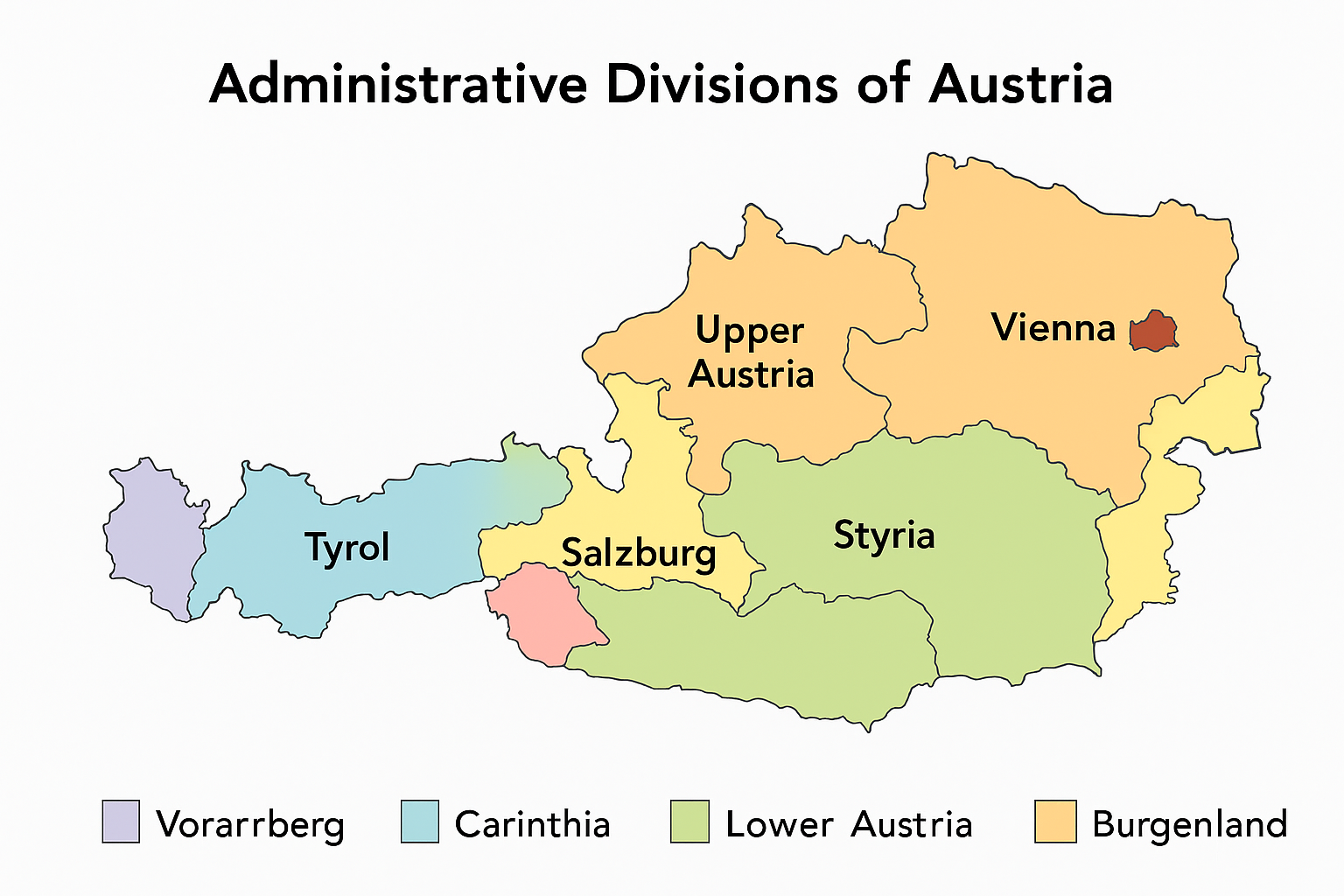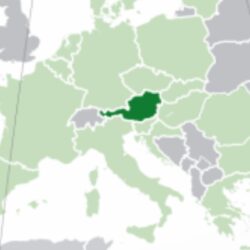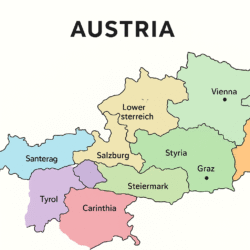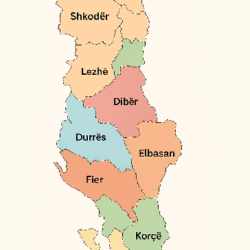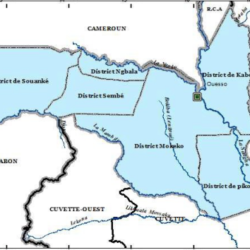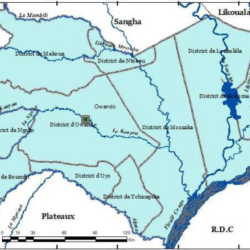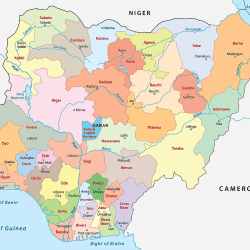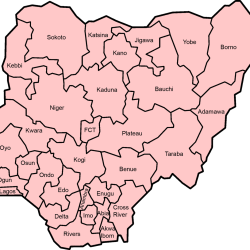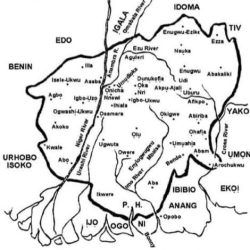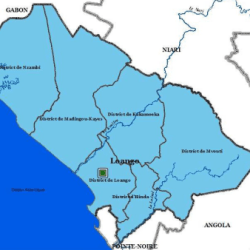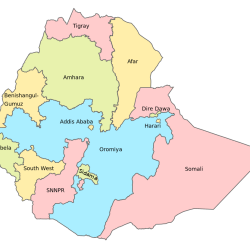The nine federal states (Länder) of Austria. For each Land, I list: the number of districts (Bezirke — including statutory cities where applicable), the number of municipalities (Gemeinden), the number of statutory cities (Statutarstädte) within the Land, and any other notable administrative-reform or structural details. Because data are drawn from multiple sources and may refer to different years, some figures are approximate or reflect recent reform status.
| Land (Bundesland) | Number of Districts* | Number of Municipalities† | Number of Statutory Cities within Land | Notes / Recent reform |
|---|---|---|---|---|
| Burgenland | 7 rural districts + 2 statutory cities = 9 district-level units | 171 municipalities | 2 statutory cities | Easternmost Land; small number of municipalities relative to area. |
| Carinthia (Kärnten) | 8 rural districts + 2 statutory cities = 10 district-level units | 132 municipalities | 2 statutory cities (Klagenfurt, Villach) | Mountainous terrain; municipality count higher in past, but reforms reduced size. |
| Lower Austria (Niederösterreich) | Data for exact district count not given here; but has many districts (one of the largest states) | 573 municipalities | 4 statutory cities | Largest by area; earlier had ~1,652 municipalities in 1965, reduced via reforms. |
| Salzburg (state) | 6 rural districts + Salzburg city (statutory) = 7 district-level units | 119 municipalities (including Salzburg city) | 1 statutory city (Salzburg) | Alpine state; moderate municipality count. |
| Styria (Steiermark) | 13 districts (including statutory city Graz) = 13 district units | 286 municipalities | 1 statutory city (Graz) | Major municipal-reform: from 542 to 286 municipalities (2010-2015) |
| Tyrol (Tirol) | 9 districts (including the statutory city) – exact breakdown: 1 statutory city + 8 rural districts (total ~9) | 279 municipalities | 1 statutory city (Innsbruck) | Alpine region; many small municipalities due to geography. |
| Upper Austria (Oberösterreich) | Data for exact district number not provided in the cited snippet, but is one of the larger states | 440 municipalities | 3 statutory cities | Industrialised; higher average municipal size than many rural states. |
| Vienna (Wien) | Unique: It is both a federal state and a city. There are 23 municipal districts (Gemeindebezirke) within Vienna. | 1 municipality (the city itself) | The city itself is effectively a statutory city / state | Highest population density; administrative structure simplified given dual status. |
| Vorarlberg | Data: the number of municipalities is 96 | 96 municipalities | 0 statutory cities (as per that breakdown) | Westernmost Land; smallest by area (except Vienna) among the states; fewer municipalities due to more compact settlement patterns. |
* “Districts” means the second-level territorial administrative units (Bezirke) including statutory cities when they perform both municipal and district functions.
† “Municipalities” means the lowest tier of local government (Gemeinden), which may have different designations (city/town/market town) but share common local government status.
Additional remarks & caveats
- Nationally, there are 94 district‐level administrative units in Austria (which include 79 “regular” districts and 15 statutory cities) as of recent counts.
- The total number of municipalities in Austria is cited at 2,095 (as of Jan 2020) or nearby.
- Municipal reform has been ongoing: many Länder have reduced the number of municipalities via mergers to increase efficiency and capacity (for example, Styria’s reduction from 542 to 286 municipalities).
- Some data vary by year (for example the number of municipalities or district count) and definitions may differ slightly (e.g., counting of statutory cities).
- The number of municipalities per Land shows wide variance: for example, Vorarlberg with 96 municipalities, Lower Austria with 573 municipalities.
- The average municipal population size is quite small in Austria relative to many other countries: e.g., in some analyses Austria’s average municipality size is about 4 200 inhabitants.
